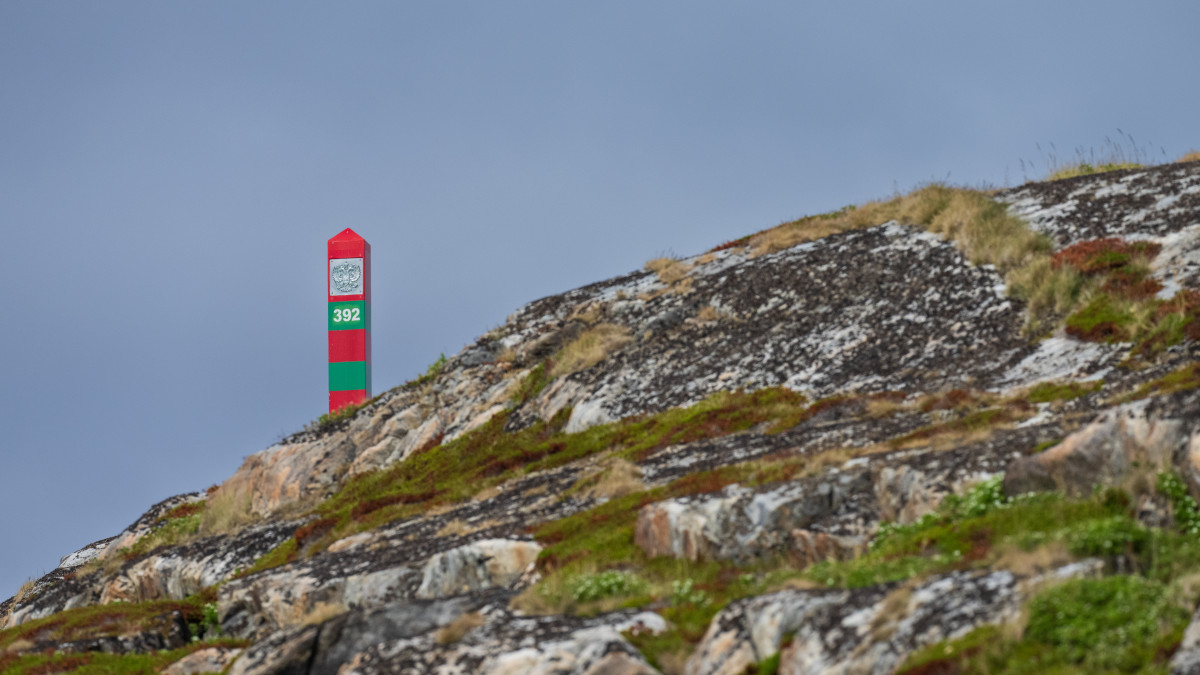Paintings celebrating 800 years of Britain's "first environmental laws" are going on display in London. An exhibition commemorating eight centuries of Magna Carta and the Charter of the Forest is opening at the Society of Antiquaries in Burlington House.
Dan Llywelyn Hall, the youngest artist to paint a portrait of the late Queen, has been commissioned to produce four pictures depicting trees across Great Britain. All the trees included in the work, entitled the Totems to the Charter, were alive when the Charter of the Forest was signed.
Ancient witnesses to history
One tree is said to have witnessed the signing of the first Magna Carta in 1215. The Charter of the Forest, which Llywelyn Hall described as the "first bit of environmental legislation," was a crucial appendix to Magna Carta that ultimately paved the way for our right to access woodland.
The Magna Carta was republished several times, with the final version created in February 1225, issued with a version of the Charter. Some elements of the forest laws remained in force until the 1970s.
Trees that shaped Britain
One of Llywelyn Hall's pictures depicts the Ankerwycke Yew, an ancient tree close to the ruins of St Mary's Priory in Surrey, which is believed to be 1,400 to 2,500 years old. While the signing of the original Magna Carta in 1215 is largely believed to have taken place in nearby Runnymede, the National Trust has said that some people believe the sealing actually took place by the tree.
The yew is also said to be one of the places where Henry VIII courted Anne Boleyn. Llywelyn Hall has also captured the Caledonian Forest Pines of Scotland, which are descended from the first pines in the country that arrived around 7,000BC.
Scotland's ancient guardians
The Glen Loyne Pine depicted is one of the oldest that remains and a veteran of its species. The artist has also painted Curley Oak of the Wentwood Forest in Wales, which is more than 1,000 years old and the oldest Oak in that country.
Llywelyn Hall described the oak as sitting squat, nestled in a dense pine forest and "oozing with atmosphere and an otherworldly presence". The artist's final picture is of Beech trees near the Lost Pond in Epping Forest, some of the oldest in the world of the species.
Silent witnesses speak
He described the "vast sprawl" of the Lost Pond Beech as depicted as an "ominous guardian". Llywelyn Hall said: "The Totems to the Charter are the silent witnesses; the ancient veteran trees that were around at the time of the signing, 800 years ago."
"The Charter of the Forest is the first bit of environmental legislation that ultimately paved the way for our rights of way and access to our cherished ancient woodland," he added. "These rare, silent witnesses are largely the accidental survivors in dense forests; embodying history myth and legend; not to mention extraordinary eco-systems of their own."
Exhibition raises funds
The paintings, which go on display from July 25 to September 19, will be sold to raise funds for the Society of Antiquaries library and collection as well as the charities Trees for Life and Trees for Cities. Steve Micklewright, chief executive of rewilding charity Trees for Life, said Totems celebrated a landmark charter which recognised "the essential relationship between humanity and woodlands".
"We are delighted that this exhibition will bring more attention to our native woodlands and the vital role they play in supporting nature and people," he said. During the reign of King John, who signed the first Magna Carta of 1215, large swathes of England were designated royal forest and set aside solely for the king's use.
Rights for all society
The Charter of the Forest granted rights to land, food and fuel to a wide cross-section of English society, from barons to commoners. While Magna Carta and the charter were English documents, chapters did deal with grievances with Welsh rulers and the King of Scotland.
It is believed to be the first document in which English and Welsh law appear together and shows the Welsh, Scots and English sharing political ideas and procedures.
(PA) Note: This article has been edited with the help of Artificial Intelligence.












